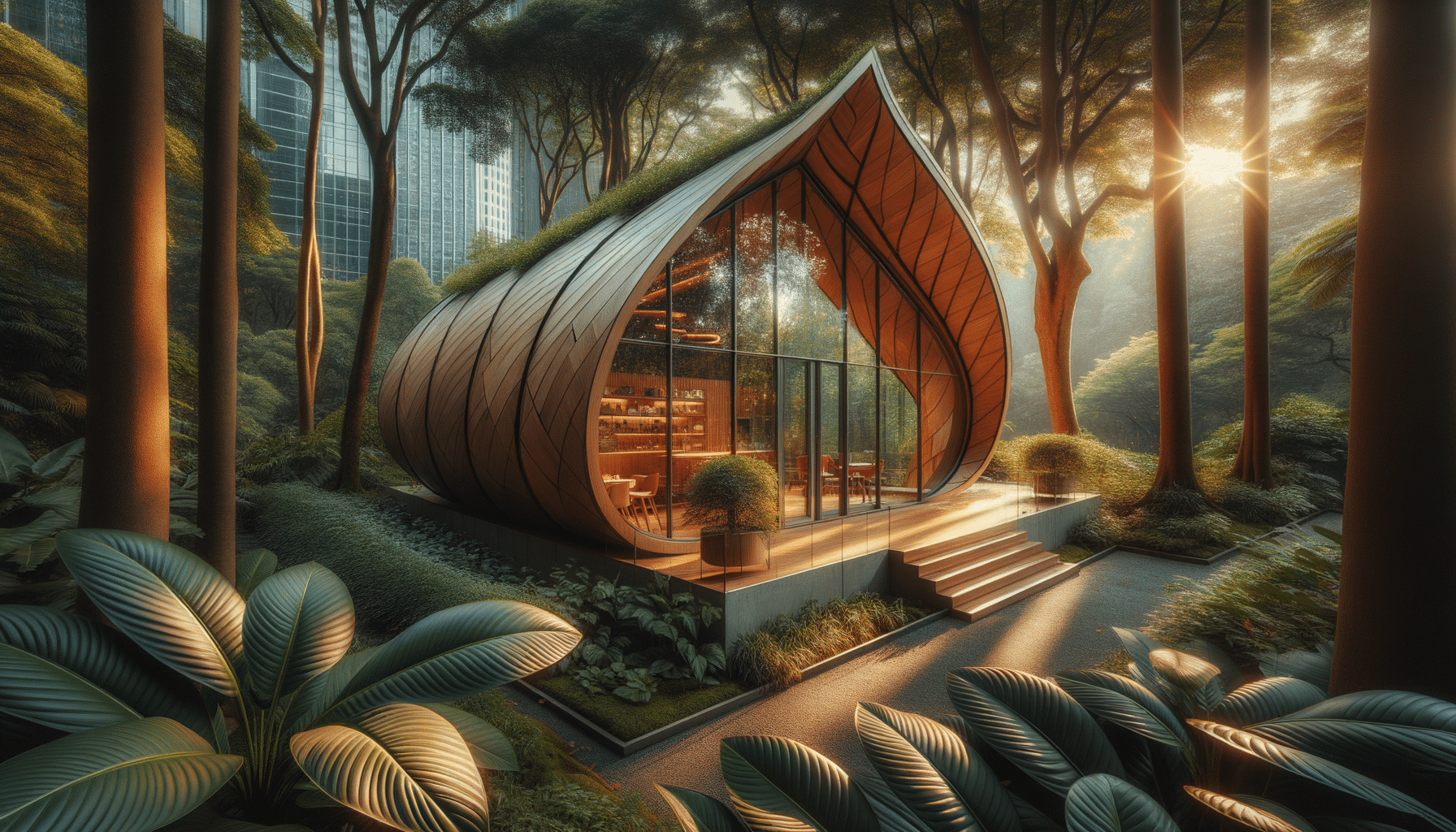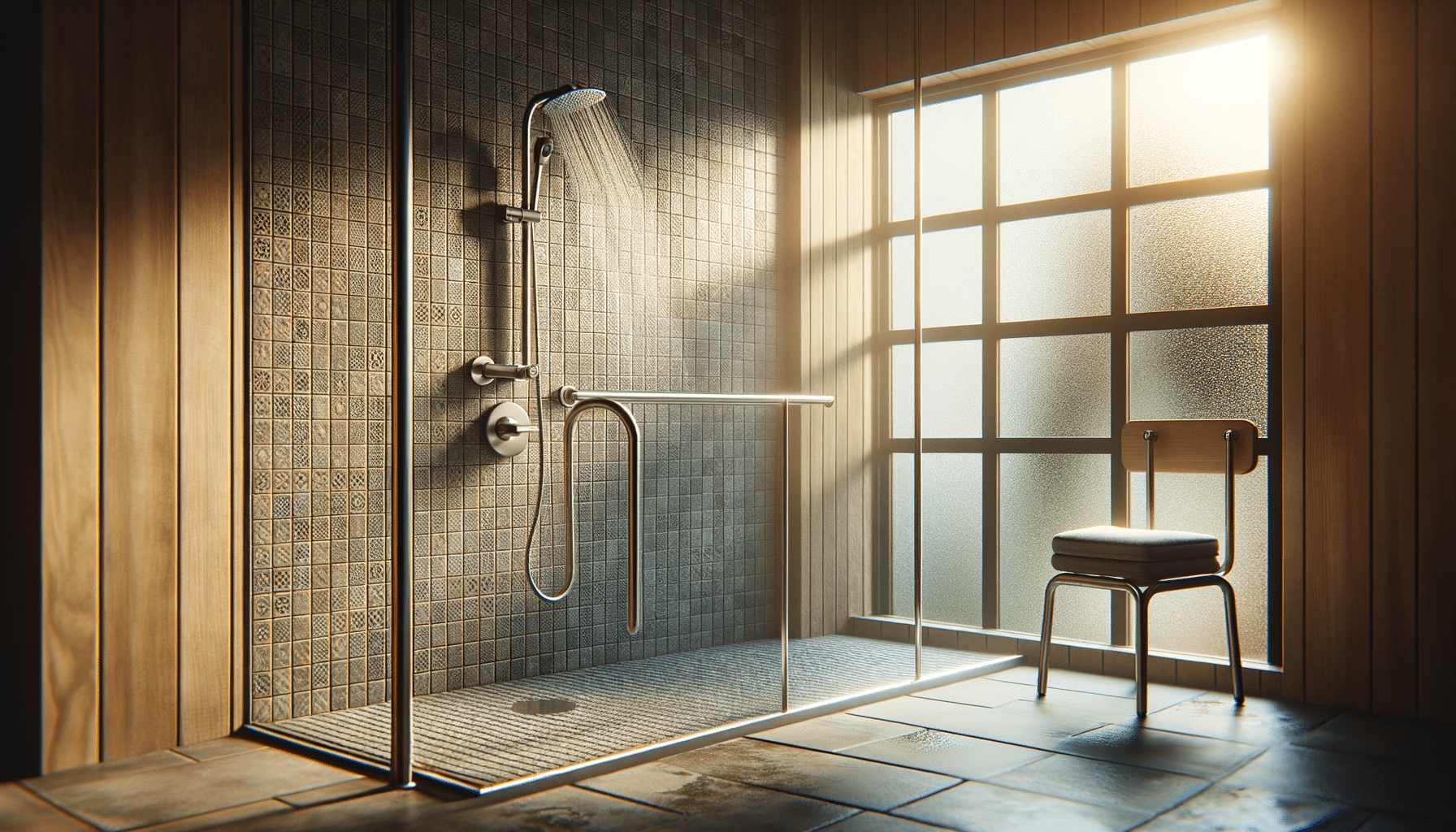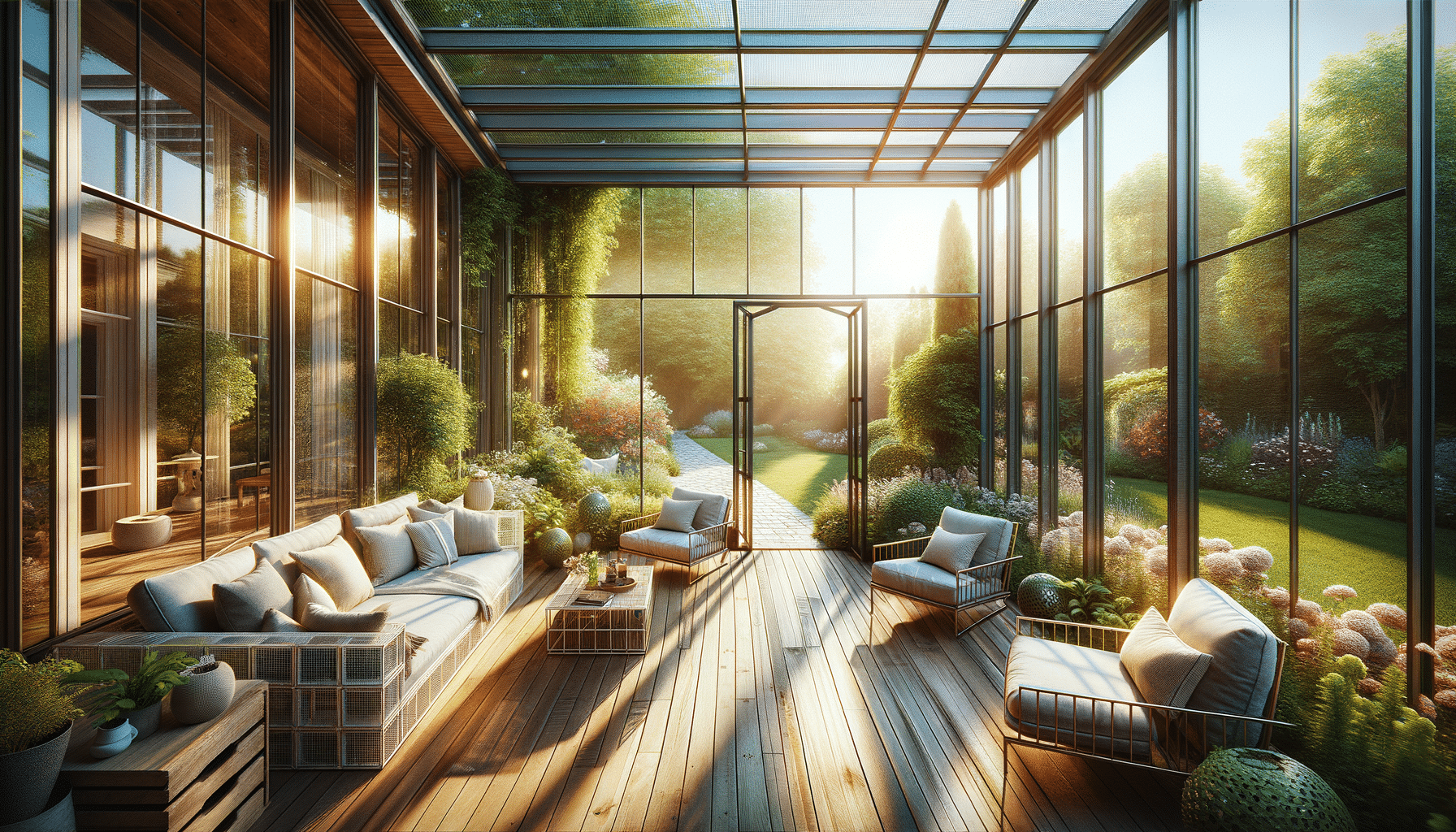
Leaf-Shaped Cabins: Nature-Inspired Architecture for Modern Garden Living
Introduction to Nature-Inspired Garden Cabins
In an era where environmental consciousness is at the forefront, the integration of nature-inspired design into residential spaces is more relevant than ever. Garden cabins that draw inspiration from natural shapes and symmetry offer a unique blend of aesthetic appeal and ecological mindfulness. These structures, often taking cues from organic forms such as leaves or shells, provide a harmonious setting that enhances the overall living experience. By embracing these designs, homeowners can create a tranquil retreat right in their backyard, fostering a deeper connection with the natural world.
Glass Walls and Wooden Curves: Enhancing Outdoor Connection
The use of glass walls and wooden curves in garden cabins is a design choice that significantly enhances the connection between indoor and outdoor environments. Glass walls allow for an unobstructed view of the surrounding landscape, flooding the interior with natural light and reducing the need for artificial lighting during the day. This not only creates an inviting atmosphere but also promotes energy efficiency. Wooden curves, on the other hand, add a tactile and visual warmth to the structure, seamlessly blending the cabin with its natural surroundings. The combination of these elements not only elevates the aesthetic appeal but also fosters a sense of openness and tranquility.
- Unobstructed views of nature
- Increased natural light
- Energy efficiency
- Seamless integration with surroundings
Sustainable Design in Small Spaces
As urban areas continue to expand, the need for sustainable architecture in small spaces becomes increasingly important. Designers suggest several strategies for achieving this goal, focusing on materials and techniques that minimize environmental impact. Utilizing locally sourced materials, such as reclaimed wood and stone, not only supports local economies but also reduces the carbon footprint associated with transportation. Additionally, incorporating green roofs and rainwater harvesting systems can enhance the sustainability of these structures, providing both aesthetic and functional benefits. These practices, combined with thoughtful design, ensure that garden cabins are not only beautiful but also environmentally responsible.
- Use of locally sourced materials
- Green roofs
- Rainwater harvesting
- Minimized carbon footprint
Designers’ Insights on Nature-Focused Architecture
Leading designers in the field of nature-focused architecture emphasize the importance of creating spaces that reflect and respect the environment. They advocate for designs that are not only inspired by nature but also contribute to its preservation. This includes the use of sustainable materials, energy-efficient systems, and designs that encourage biodiversity. By integrating features such as native plant gardens and wildlife-friendly elements, these spaces can support local ecosystems while providing a serene retreat for their occupants. The goal is to create architecture that is not only aesthetically pleasing but also promotes environmental stewardship.
- Encouragement of biodiversity
- Energy-efficient systems
- Native plant gardens
- Wildlife-friendly elements
Conclusion: Embracing Organic Design for a Sustainable Future
In conclusion, leaf-shaped cabins and other nature-inspired architectural designs offer a compelling solution for those seeking to integrate modern living with environmental responsibility. By embracing organic forms, utilizing sustainable materials, and fostering a connection with nature, these structures provide a peaceful retreat that respects and enhances the natural world. As society continues to prioritize sustainability, these innovative designs will play a crucial role in shaping the future of residential architecture, offering a path towards more harmonious living environments.


